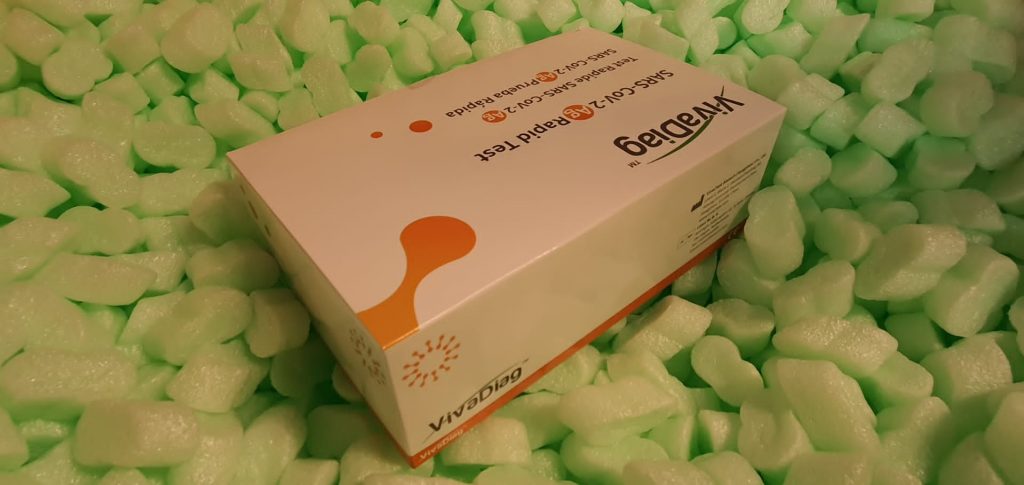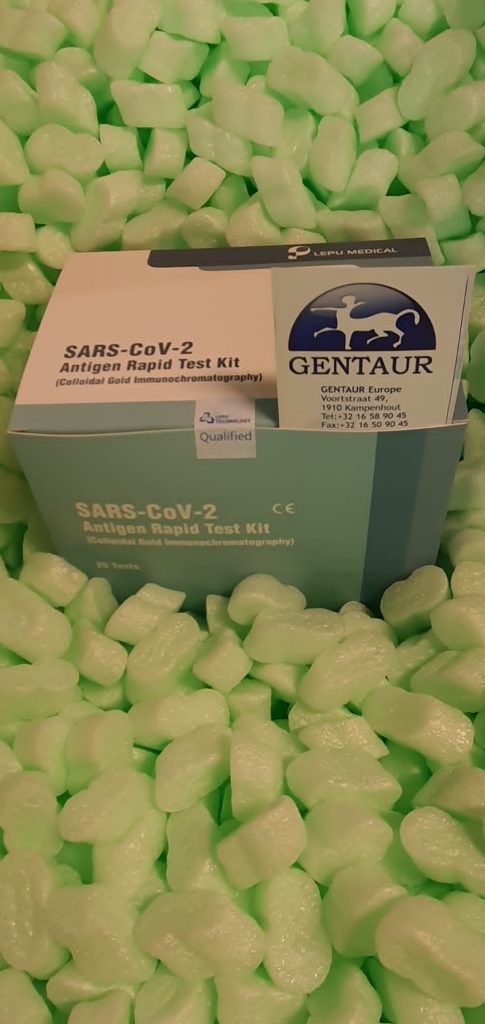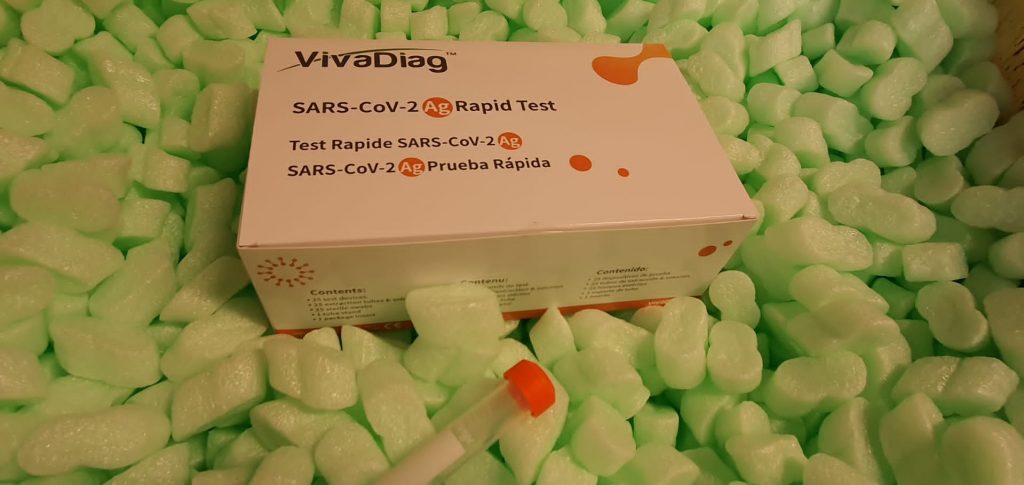Comparative proteomic analysis provides insight into the molecular mechanism of vegetative growth advantage in allotriploid Populus
Though allotriploid poplar exhibits a salient vegetative growth advantage that impacts biomass and lumber yield, the proteomic knowledge of Populus allotriploids haven’t been scrutinized for figuring out the underlying molecular mechanisms. We performed a large-scale label-free proteomics profiling of the fifth, 10th, and 25th leaves of allotriploids and diploids, and recognized 4587 protein teams. Among […]






